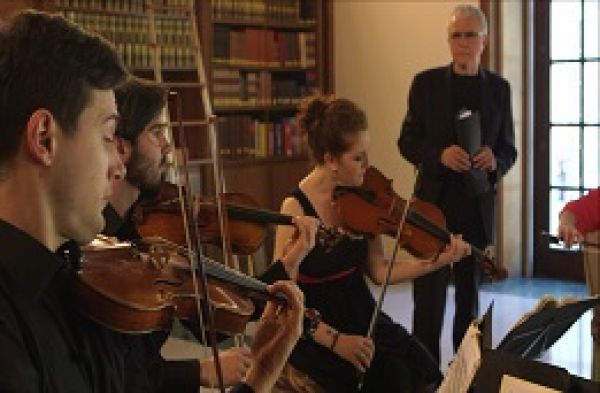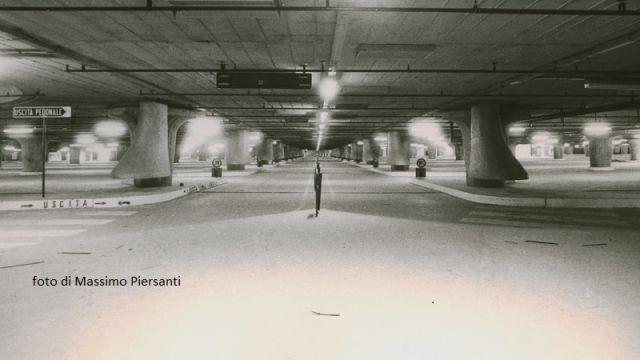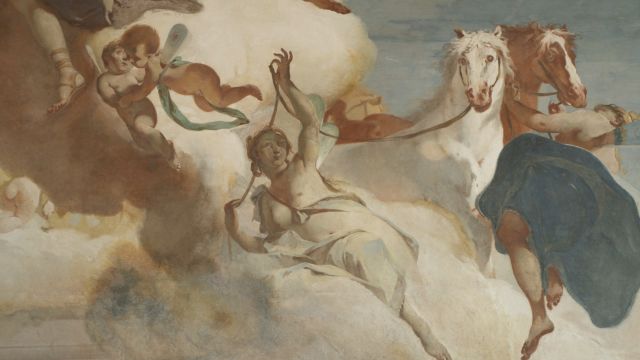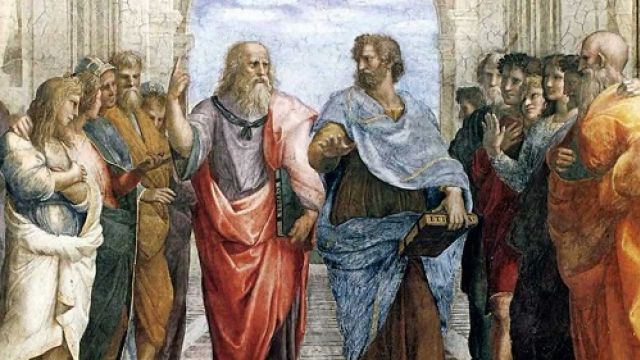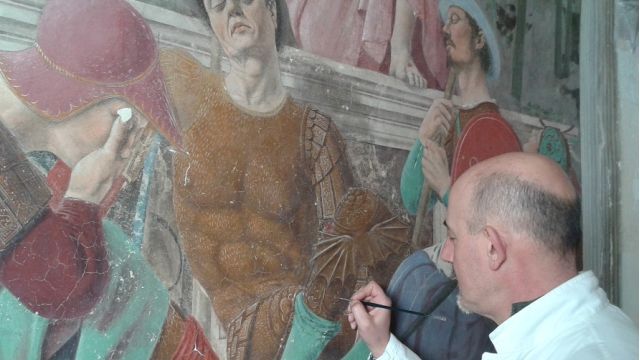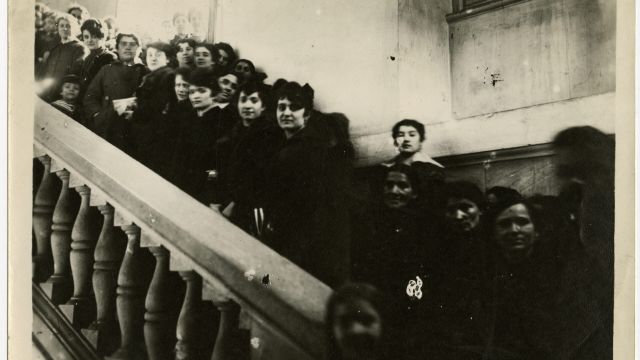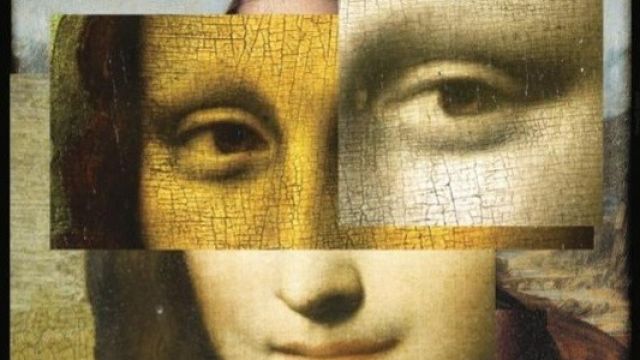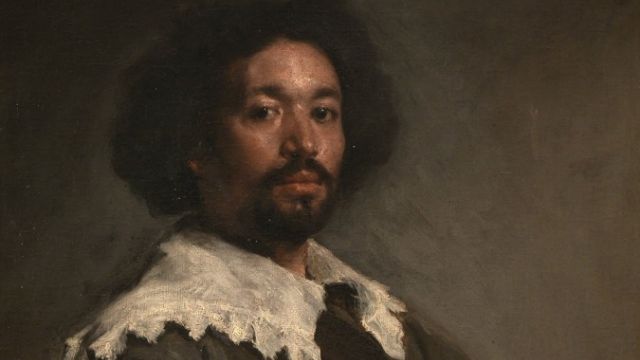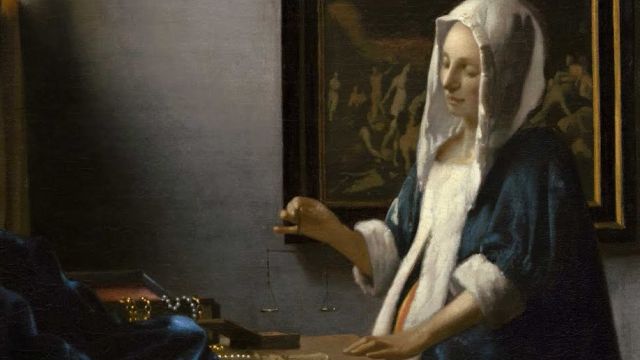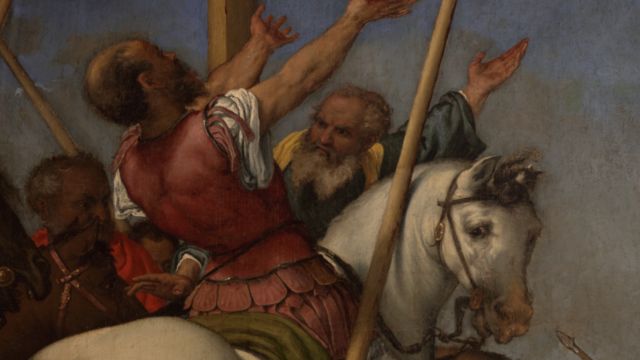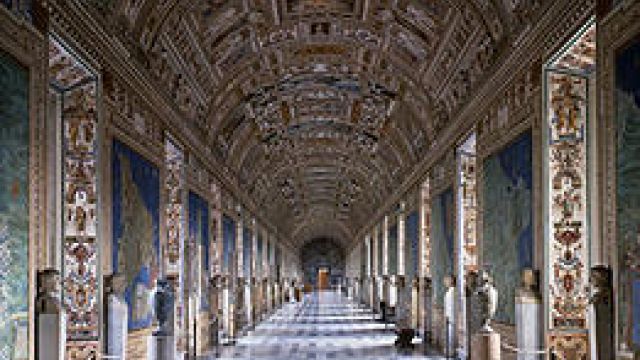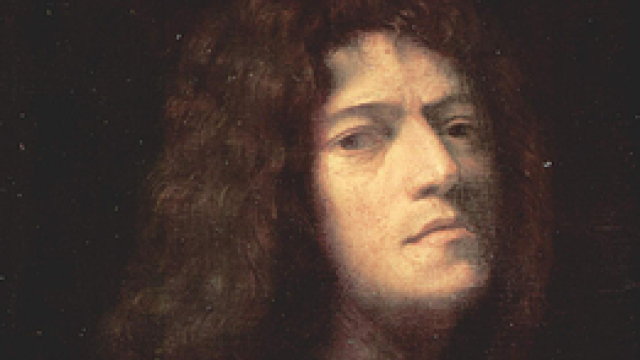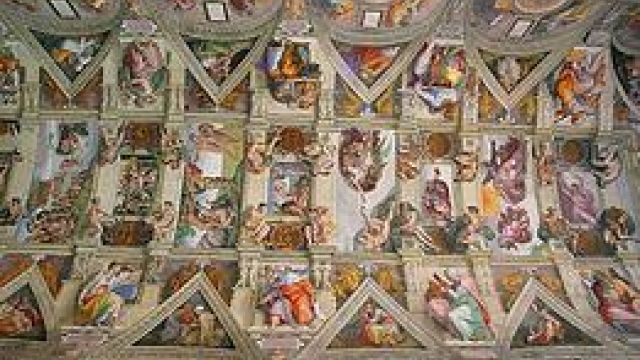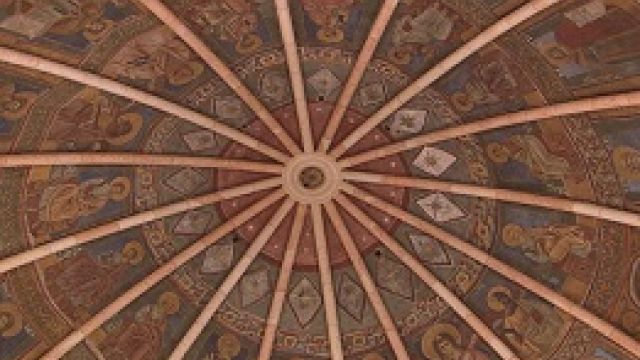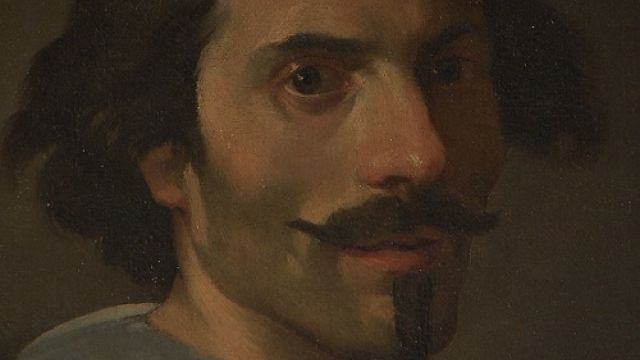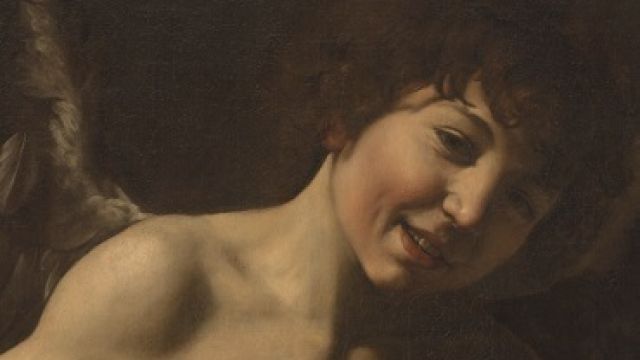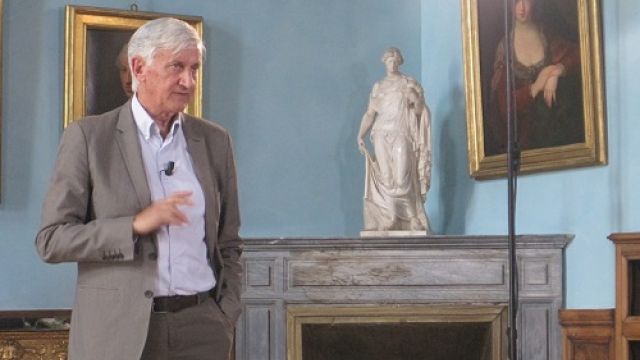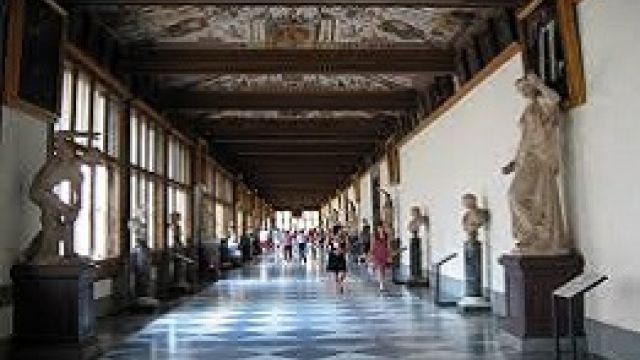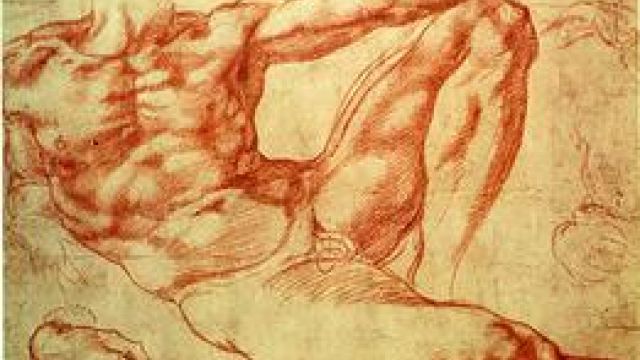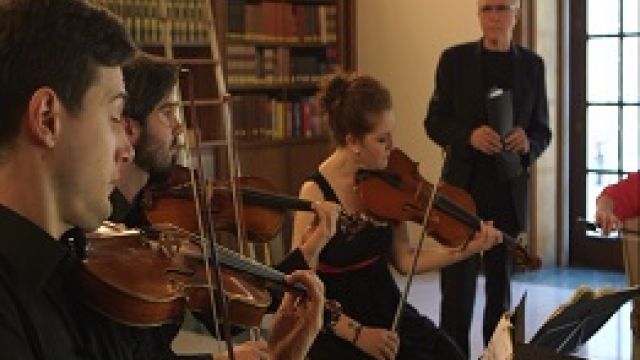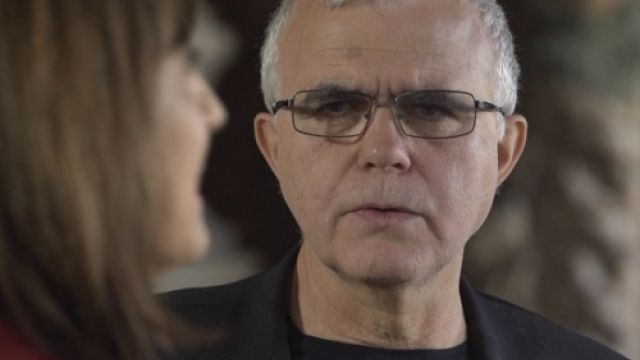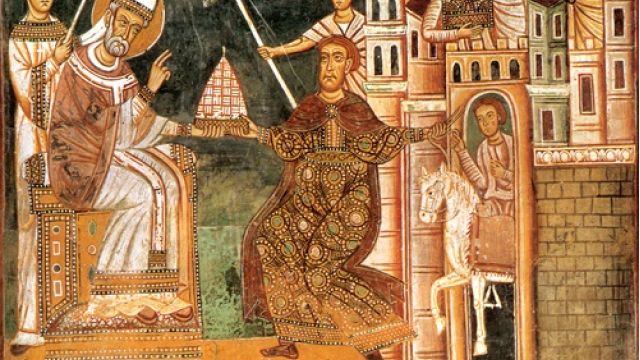INVENTING TIME
-
YEAR
2014 -
DURATION
8 x 52′ -
VIDEO FORMAT
HD -
AUTHOR
Sandro Cappelletto -
DIRECTOR
Angelo Bozzolini -
PHOTOGRAPHY
Sandro De Pascalis, Emanuele Chiari -
VIDEO EDITING
Massimiliano Cecchini -
PRODUCTION
Land Comunicazioni -
ON AIR
Rai 5
A piece of music that is like a novel, with its characters, a show of music and words, the composer and his work living in a time that reaches out to us. The set is an open space where the narrator and the characters move around; the performances, all by young musicians, recreate the atmosphere of the time, evoking images able to contextualize the place and time the work was created in. Each episode is dedicated to one of these works: Bach’s Goldberg Variations, the Quartet for the End of Time by Olivier Messiaen, Madrigals by Gesualdo da Venosa, and the Dissonance Quartet by Mozart.
1. DISSONANT NIGHT
W. A. Mozart, String Quartet No.19 in C major, K.465
Performers: Quartetto Guadagnini (Fabrizio Zoffoli, violin; Giacomo Coletti, violin; Margherita Di Giovanni, viola; Alessandra Cefaliello, cello)
Austrian Culture Forum
The happiest night in Mozart’s life. That evening, in the most beautiful house he lived in in the centre of Vienna, at the presence of his wife, his father, Franz Haydn, the most famous composer of the time, three new string quartets were born. When they were published Mozart received fierce criticism: they were disconcerting. Why does the piece begin with a mysterious Adagio that breaks all rules? It is the secret allure of the Dissonance Quartet, where the most intimate beauty is revealed.
2. THE GOLDBERG VARIATIONS
J. S. Bach, Goldberg Variations
Performers: Ramin Bahrami, piano
Goethe Institut in Rome
Did Bach really compose the Goldberg Variations as a lullaby for a diplomat who could no longer sleep, who turned to music to cure his insomnia? Did a Mr Goldberg ever exist? An Aria in the beginning, and then thirty variations – which follow an order that is always the same yet always different – and then again, at the close, the same Aria (Bach uses the Italian word) from the beginning. If something ends the same way it begins, and begins the way it has ended, this means there is no beginning and no end, and that the piece is actually infinite.
Johann Sebastian Bach, the rigour of a mathematician, and the fantasy of a juggler.
3.THE MISTRESS OF THE HOUSE
F. Chopin, Piano pieces and three Polish songs
Performers: Daniela Mazzucato, voice and recitation; Marco Scolastra, piano
Polish Institution in Rome
Frédéric Chopin and George Sand: a genius of the piano, “handsome, fragile, sick, spoilt like the “Prince of the East”, and a writer who signed her novels with a man’s name. It is the story of their affair, between Paris, the French countryside, Palma de Mallorca; a tormented and devouring relationship, constantly in the public eye, marked by difficulties in private. He would say to her: “Good morning, mistress of the house”. She would laugh, flattered by this. And when, to avoid “miserable insinuations” he left her, she discovered that she still needed his music. “It was impossible not to listen to you. I listened to you every day, for nine years”.
4. THE ANGEL OF TIME
O. Messiaen, Quatuor pour la fin du temps
Perfomers: Monaldo Braconi, piano; Eleonora Elisa Papandrea, violin; Gabriele Geminiani, cello; Alessandro Carbonare, clarinet
Goethe Institut in Rome
“Thank you. This music redeems us. It doesn’t take us back to where we are, but to who we are. Human beings”. This is how, the evening of the 15th of Jannuary, 1941, a war prisoner thanked the French composer Olivier Messiaen. That night, in the freezing barracks of a lager, a masterpiece that touches the heart had been written. It reminds us of how men are able to go to any extreme; of how, even in the mists of horror, hope and love can blossom, entrusted here to the sweet power of music. A unique event, that is here reconstructed in great detail.
5. HOW A SOUL WHICH IS SUNDERED FROM THE BODY
Gesualdo da Venosa, Madrigals
Performers: Ensemble De Labyrintho (Walter Testolin, conductor)
Camillo Caetani FoundationCarlo Gesualdo, Prince of Venosa. A noleman, an artist, nephew of cardinals and popes, an assassin guilty of two murders: he killed his wife and her lover. A crime story, Naples, late 16th century. It is difficult to speak of him without turning him into a caricature. Better to listen to Stravinsky, who was the first to grasp his uniqueness: “Gesualdo is a musician who had no father or sons, a planet with no satellites in the history of music”.
The violent contrast of light and shade, the tension that never slows, the harmony from which a piercing voice emerges, invasive: to understand the music of Gesualdo, one must look at the paintings by Caravaggio, his true contemporary.
6. A PEOPLE’S ARTIST?
D. Sostakovic, The Piano Quintet in G Minor, opus 57
Performed by: Michele Campanella, piano; David Romano, violin; Ingrid Belli, violin; Raffaele Mallozzi, viola; Diego Romano, cello
Fondazione Camillo Caetani
A people’s artist, a people’s friend, a people’s enemy: during his life Dmitri Sostakovic was all of these things. The political regime under which he lived decided that he was all this, leading him to the brink of madness. Chamber music was the secret refuge for this master of 19th century music. In The Piano Quintet, opus 57, fast moving intentions coexist with sweet memories and moments of surrender. The work was awarded the State Stalin Prize in 1941. How is this possible, the artist asks? Only a few years earlier he was forced to withdraw the work Lady Macbeth of the Mtsensk District and to make a humiliating public apology. Notwithstanding, it’s always his music, it is unmistakable. He knew this, and that’s what saved him.
7.I HAD TO KILL (ALMOST) ALL OF THEM
G. Puccini, Arias and episodes from the operas Turandot, Manon Lescaut, Bohème, Madama Butterfly, Tosca
Performed by: Michela Sburlati, soprano; Elio Pandolfi, reciting voice; Marco Scolatra, piano
Polish Institut in Rome
Giacomo Puccini, an unerring soprano killer. Be them slaves in love with their oriental prince, ambitious and naïf girls, florists living in Parisian attics, young geishas forced into marriage, rich Roman successful actresses: their fate was marked. Women in opera had to be beautiful and doomed. The tragic destiny of the leading role would remain a constant trait of Puccini’s musical theatre throughout his 30 yearlong creative career. Five titles and as many main scenes, narrated following the libretto, from the written words to the words sang, accompanied by music. This passage is where Puccini’s genius emerges.
8. AN ARTISTS’S TRIAL
F.Schubert , String Quartet op. 125 N. 1
Performed by: Quartetto Sincronie (Human Vaziri, violin; Nicola Russo, violin; Arianna Bloise, viola; Jo-Chan Lin, cello)
Austian Culture Forum
Vienna, 1813. Franz Schubert is a sixteen years old boy studying to become a teacher in order to help his father in the elementary school he has opened on the outskirts of Vienna. However, he has another dream: he wants to become a composer and live life making music. Indeed he writes new music each day. This string quartet was written in the same month during which he would leave the Imperial Seminary, not without contrasts with the authorities, and remained unknown for a long time. The main traits of the artist’s personality, who’s grandeur would soon be fully revealed, emerge throughout the work.
